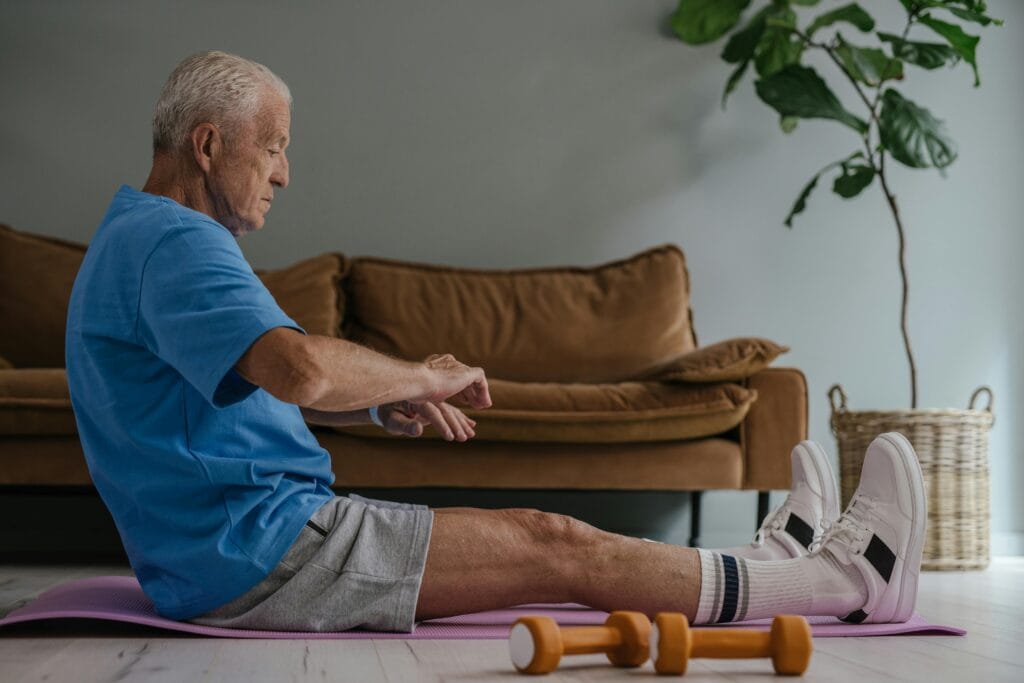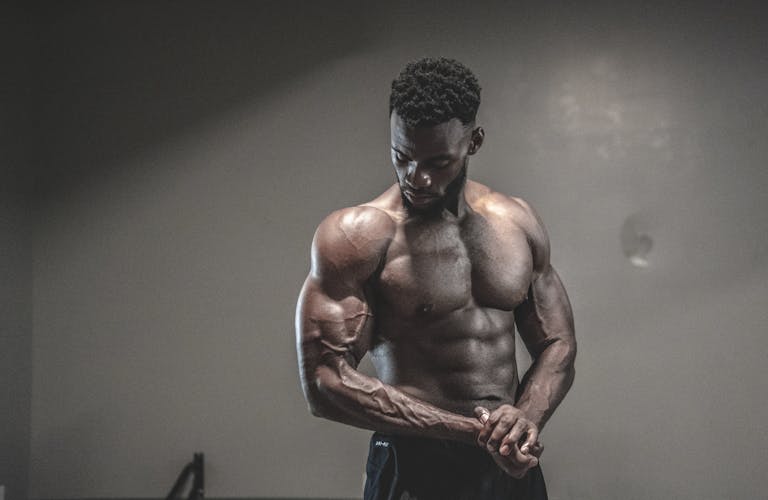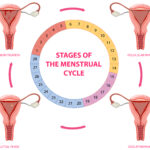FREE SHIPPING OVER $50
Doctors Are Stunned: These 15 Mobility Tricks Have Seniors Moving Like They’re 30 Again

There is a common, often painful, assumption that loss of mobility is an inevitable part of aging. We are told to expect stiff joints, a wobbly balance, and the inability to move with the same ease we did in our youth. For years, the conventional wisdom suggested that once you hit a certain age, your best days of movement are behind you. But a quiet revolution is happening in physical therapy clinics and fitness centers across the country, and what doctors are seeing is nothing short of stunning.
Patients in their 60s, 70s, and even 80s are not just slowing the decline of their mobility; they are reversing it entirely. They are reclaiming their freedom of movement, reducing pain, and moving with a fluidity that resembles someone decades younger. The secret isn’t a new drug or a complicated machine. It is a simple, consistent routine of mobility tricks that are transforming lives. This article will show you exactly what these tricks are, explain the science behind why they work, and give you the tools to start moving like you’re 30 again, no matter your age.
The Secret to Ageless Movement: What Is Mobility?
Before we get to the tricks, it is crucial to understand the difference between flexibility and mobility. Many people use the terms interchangeably, but they are not the same. Flexibility is the passive length of a muscle—think of a gymnast holding a split. Mobility, on the other hand, is the active range of motion of a joint. It is the ability to move a joint through its full range of motion with control and strength. This is the key to longevity and functional fitness. You can be flexible but lack mobility, which is a recipe for injury. True ageless movement is about having the mobility to get up from a chair, reach for something on a high shelf, or walk around the block without pain.
Why Mobility Declines as We Age
As we get older, our joints, tendons, and ligaments lose some of their elasticity. The synovial fluid that lubricates our joints can decrease, and the cartilage that cushions our bones can wear down. Add to that a life of sitting, and you get stiff, achy joints and tight muscles. This is a normal part of the aging process, but it is not a life sentence. The doctors who are seeing incredible results in their senior patients have discovered that a consistent mobility routine can counteract these effects. These tricks help lubricate the joints, improve muscle function, and restore the freedom of movement that so many people believe they have lost forever.
15 Mobility Tricks That Are Staggering Doctors
These mobility tricks can be done with little to no equipment. They are gentle on the joints and can be modified to fit any fitness level.
1. The Cat-Cow
This simple yoga exercise is a staple in physical therapy for good reason. It gently moves your spine through its full range of motion, improving spinal mobility.
How to Do It: Start on your hands and knees. Inhale as you drop your stomach toward the floor and look up, arching your back like a cow. Exhale as you round your spine toward the ceiling and tuck your chin to your chest, like a cat. Repeat this fluid movement for 10-15 repetitions.
2. Ankle Circles
Your ankles are the foundation of your balance. Stiff ankles can make you more prone to falls.
How to Do It: Sit in a chair and lift one foot slightly off the floor. Slowly rotate your ankle in a full circle, drawing an imaginary circle with your big toe. Do 10 circles in one direction, then reverse. Repeat with the other ankle.
3. The Glute Bridge
Strong glutes and hips are essential for a pain-free lower back and stable walking.
How to Do It: Lie on your back with your knees bent and feet flat on the floor, hip-width apart. Engage your glutes and lift your hips off the floor until your body forms a straight line from your shoulders to your knees. Hold for a moment, then slowly lower. Repeat for 10-15 repetitions.
4. The Half-Kneeling Hip Flexor Stretch
If you spend a lot of time sitting, your hip flexors are likely tight. This exercise helps to lengthen them, which can alleviate lower back pain.
How to Do It: Start in a half-kneeling position with your right knee on the ground and your left foot planted in front of you. Gently push your hips forward until you feel a stretch in the front of your right thigh. Hold for 30 seconds, then switch sides.
5. The Seated Spinal Twist
This gentle twist improves rotational mobility in your spine, which is crucial for everyday tasks like looking over your shoulder while driving.
How to Do It: Sit in a chair with your feet flat on the floor. Slowly twist your upper body to the right, placing your left hand on your right knee and your right hand on the back of the chair for support. Hold for 20 seconds, then twist to the other side.
6. Wall Slides
This exercise is a great way to improve shoulder mobility and strengthen the muscles that support your shoulders.
How to Do It: Stand with your back against a wall. Press your head, upper back, and glutes against the wall. Place your arms on the wall in a “goalpost” position (elbows bent at 90 degrees). Slowly slide your arms up the wall, keeping your back pressed against it. Go as high as you comfortably can, then slowly slide them back down.
7. The Clamshell
This trick is a physical therapy favorite for strengthening the hip abductors, which are vital for balance and preventing knee pain.
How to Do It: Lie on your side with your knees bent at a 90-degree angle and stacked on top of each other. Keep your feet together and slowly open your top knee like a clam, then slowly lower it back down. Repeat for 10-15 repetitions, then switch sides.
8. The Bird-Dog
This is a fantastic core stability exercise that also improves coordination. A strong core is the foundation for all movement.
How to Do It: Start on your hands and knees. Extend your right arm forward and your left leg backward at the same time, keeping your back straight. Hold for a moment, then return to the starting position and switch sides. Repeat for 10-15 repetitions on each side.
9. The Standing Quad Stretch
This simple stretch helps to improve the flexibility of your quadriceps and hip flexors.
How to Do It: Stand near a wall for balance. Bend your right knee and grab your right ankle with your right hand, pulling your heel toward your glute. Keep your knees close together and your back straight. Hold for 30 seconds, then switch sides.
10. The Knee-to-Chest Stretch
This exercise is a lifesaver for anyone with lower back pain. It gently relieves tension and improves spinal mobility.
How to Do It: Lie on your back with your legs extended. Bend one knee and pull it toward your chest with your hands. Hold for 30 seconds, then switch legs.
11. The Leg Swing
This is a dynamic warm-up for your hips that gets the synovial fluid flowing, making your joints feel smoother.
How to Do It: Stand next to a wall for support. Gently swing your outside leg forward and backward like a pendulum. Repeat for 10-15 swings, then turn around and swing your other leg.
12. The Calf Stretches
Tight calves can affect your ankles, knees, and even your hips. Keeping them flexible is key to a pain-free life.
How to Do It: Stand facing a wall, about arm’s length away. Step back with one foot, keeping it straight and the heel on the ground. Lean into the wall, bending your front knee until you feel a stretch in your calf. Hold for 30 seconds, then switch legs.
13. Shoulder Rolls
This trick is great for relieving tension in your neck and shoulders, especially after a long day of sitting.
How to Do It: Sit or stand with a straight back. Slowly roll your shoulders forward in a circular motion 10 times, then reverse and roll them backward 10 times.
14. The Dead Hang
This is a more advanced trick, but the benefits are immense. It decompresses your spine and strengthens your grip.
How to Do It: Hang from a sturdy pull-up bar or a stable overhead structure. Let gravity do the work, decompressing your spine and allowing your shoulders to relax. Start with 10 seconds and gradually increase your time.
15. The Sit-to-Stand
This simple exercise is a core part of physical therapy because it directly improves the strength and mobility needed for a fundamental human movement—getting up from a chair.
How to Do It: Sit on the edge of a sturdy chair with your feet flat on the floor. Without using your hands, lean forward and press through your feet to stand up. Slowly and with control, lower yourself back down to the chair. Repeat for 10-15 repetitions.
The Doctor’s Perspective: Why They’re Stunned
What doctors and physical therapists are seeing is that these tricks are not just a temporary fix. When done consistently, they lead to profound, lasting change. They are stunned because they see patients who have a significant reduction in joint pain, a notable decrease in the risk of falls, and an overall improvement in their quality of life. The apathetic approach to aging is being replaced by a proactive one, and the results are undeniable. The science supports this: movement stimulates the production of synovial fluid, lubricates the joints, and strengthens the muscles that support them, effectively reversing some of the effects of time.
Consistency is the Key
These 15 mobility tricks are your secret weapon, but the key to unlocking their power is consistency. It is not about doing a massive, hour-long routine once a week. It is about incorporating a few of these exercises into your daily life. Start with five minutes a day. Do a few ankle circles while watching TV or a set of Cat-Cows every morning. Over time, these small habits will build on each other, creating a foundation of functional fitness that will serve you for the rest of your life.
Conclusion
The notion that aging inevitably means a loss of mobility is a myth that needs to be debunked. The doctors who are seeing the staggering results of these simple mobility tricks are living proof that you can reclaim your freedom of movement and move with the fluidity and energy you had decades ago. It is a choice—a choice to be proactive, to listen to your body, and to invest in your health in a way that truly matters. By incorporating these tricks into your daily routine, you can not only defy the traditional narratives of aging but also live a life of movement, freedom, and joy for years to come.
Related Articles
- 10 Exercises That Could Be Dangerous After 60—Most People Still Do #7
- Can’t Sit Cross-Legged? Try These Trainer-Approved Standing Hip Stretches
- Transform Your Body After 50: Top Exercise Habits Revealed
- Defy Age: 13 Surprising Tips Making 60-Year-Olds Stronger Than Millennials
- Transform Your Body After 50: 10 Exercise Habits You Need to Know







